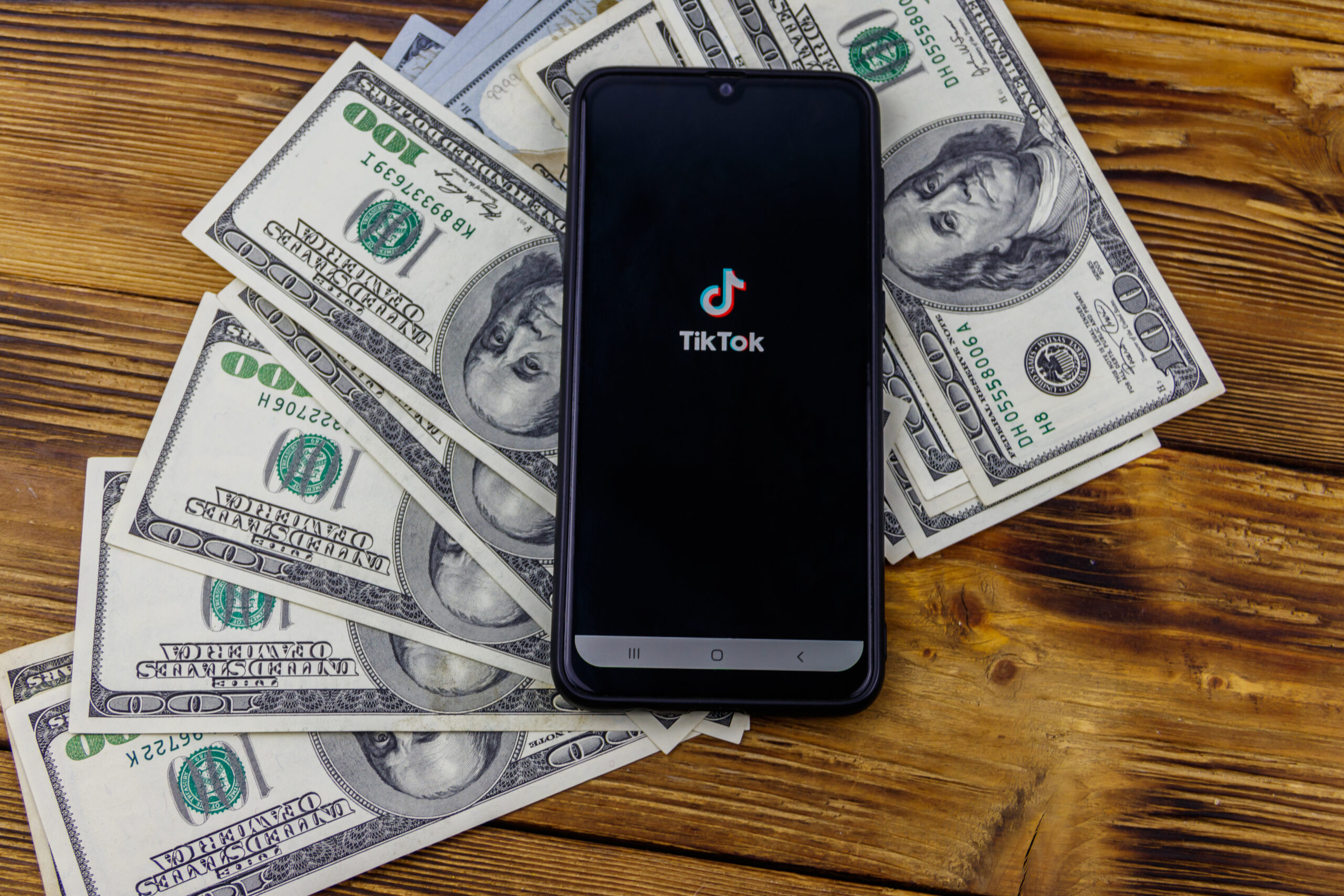Welcome back, savvy savers!
It’s Emma here, serving up fresh insights straight to your screen. I (like many of us) occasionally pull myself into the digital whirlwind of Tik Tok- the platform where dancing and financial advice can coexist peacefully! That’s how I stumbled upon the viral 100 Envelopes Challenge. As an ardent believer in the power of my saveday 401(k), I had to put the numbers to the test. Which is better at saving me money: the 100 Envelopes Challenge or my trusty 401(k)?
The 100 envelopes challenge, explained
Here’s the brief rundown: whoever wants to participate will number envelopes from 1 to 100. Every payday, an envelope is picked at random, and the participant must stash the amount of cash corresponding to its number inside. Sounds straightforward, right? Now, let’s break down its savings potential.
If you follow this challenge faithfully after each payday on a bimonthly basis, you’d amass $5,050 over 50 months. Not bad for a social media challenge!
Now, let’s see if it holds up to the mighty saveday 401(k)…
Behold: the power of the 401(k)
Investing in a 401(k) does more than just save. It helps your money grow. That growth is powered by compounding. Let’s see what a 10% return on your account that’s compounded monthly can look like with $5,050.
After 50 months more that cash will be worth $7,642.04 without you having to lift another finger. That’s $2,592.04 more than if you had just let it sit for all that time.
But what if you decided to do the 100 Envelope Challenge and 401(k) investing all at once? Let’s see what you can do when you add $5,050 for another 50 months.
After waiting, $19,206.55 would all be yours.
If you decide to wait and let it grow for an even longer time, let’s say 30 years, you will have earned $251,777.07 by the end of it.
That’s $239,085.03 in pure profit.
To sum it all up, I think the 100 Envelope Challenge can be an amazing introduction to your savings potential. But to really unlock your supercharged financial future, a 401(k) is the way to go. Coupling your saveday superpower with this viral challenge can lead to big savings later on. Overall, I’m calling it a win for 401(k)s and a win for people like us trying to save.
Hungry for more saving insight? Saveday has a buffet of tips and tricks ready for your tastebuds over at their blog. Read on to discover how delicious your future can be!
Happy Saving,
-Emma







